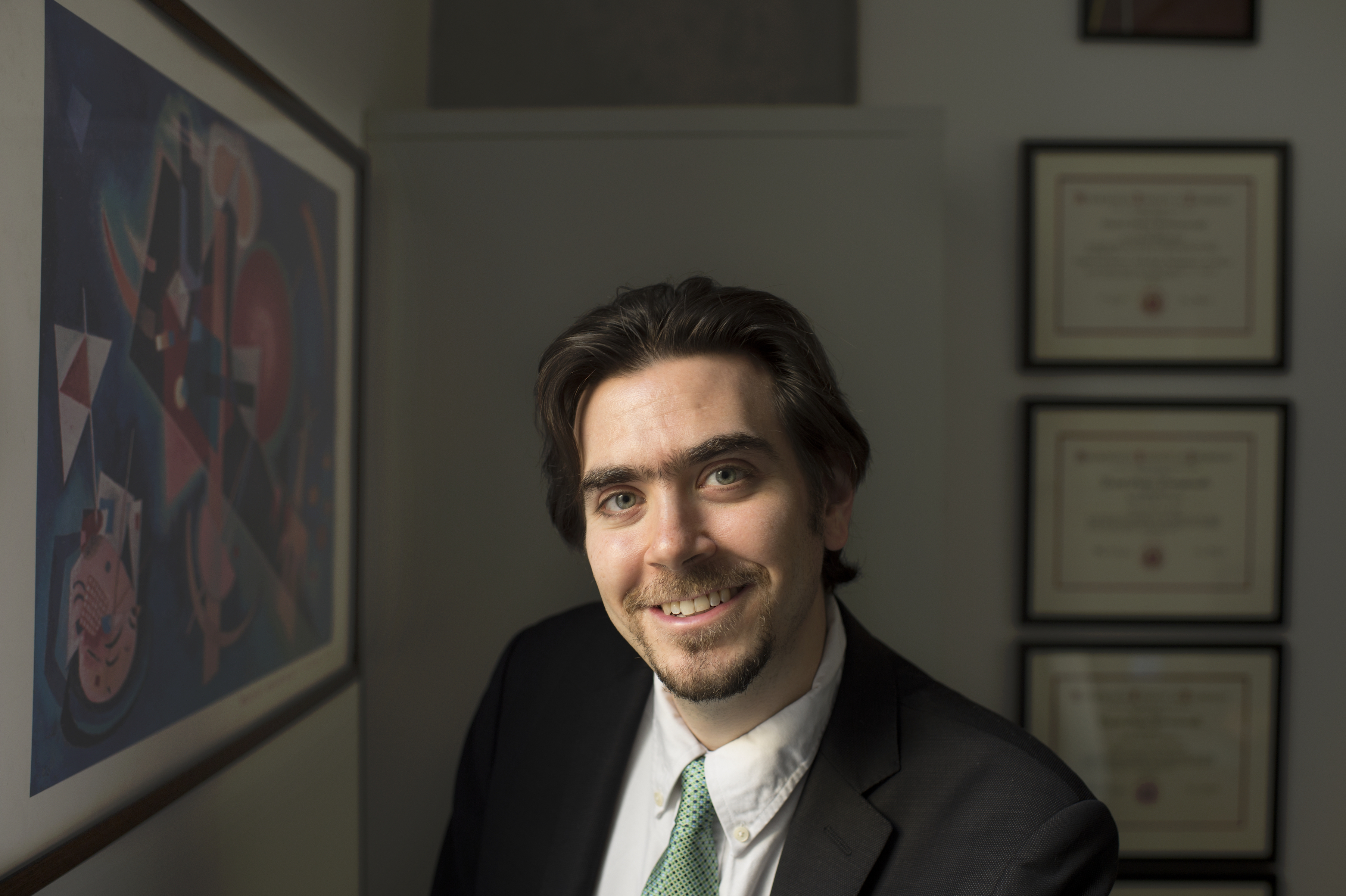It’s easier than ever for us to share information with one another, but it has become increasingly difficult for people to determine which information is supported by evidence. Concerns about the spread of misinformation about science have grown, and organizations like the National Academies of Sciences, Engineering, and Medicine (NASEM) are doing their part to provide an evidence-based path forward against the spread of scientific misinformation.
EMSE Professor David Broniatowski served on the recent NASEM Committee on Understanding and Addressing Misinformation about Science. The Committee developed a Consensus Study Report, “Understanding and Addressing Misinformation About Science,” on its findings, conclusions, and recommendations regarding scientific misinformation.
The National Academy of Sciences (NAS), the National Academy of Engineering (NAE), and the National Academy of Medicine (NAM) work together as NASEM to provide independent, objective analysis and advice, solve complex issues, and inform public policy decisions. Committees are composed of esteemed subject matter experts, like Professor Broniatowski, who gather information, deliberate, and come to an evidence-based consensus on the subject at hand.
“It’s a real honor to be on a committee like this with people who are not only thought leaders but thoughtful people. The thing about the national academies as an institution is that they exist to pool the knowledge of people coming from a whole bunch of different perspectives to put together statements such as these. As a scientist, I certainly appreciate the ability to engage in this process,” Broniatowski said.
“Misinformation” is often used as an umbrella term for different types of false, inaccurate, and misleading information. The lack of a consistent definition has made it difficult to understand its nature, scope, and impacts, including misinformation about science.
To concretize the concept, the NASEM committee developed the following definition: “Misinformation about science is information that asserts or implies claims that are inconsistent with the weight of accepted scientific evidence at the time (reflecting both quality and quantity of evidence). Which claims are determined to be misinformation about science can evolve over time as new evidence accumulates and scientific knowledge regarding those claims advances.”
The committee’s review of the evidence found that misinformation about science can lead people to hold misbeliefs with potentially damaging consequences, such as making ill-informed personal choices for themselves or their communities. Misinformation about science also has the potential to worsen existing harms (including, but not limited to, within historically marginalized communities); alter public opinion in ways that can inhibit productive debate on addressing public health emergencies and natural disasters; and weaken trust in institutions.
Prof. Broniatowski put the committee’s findings simply: “Misinformation can rob people of agency. We want people to make good decisions that are informed. The whole purpose of science is to learn things and to solve problems.”
Understanding misinformation about science and how it negatively impacts our society is just one part of the battle. The committee’s consensus study report makes thirteen recommendations for how different actors in our information ecosystem, including government agencies, online platforms, academic institutions, for-profit and non-profit organizations, and individuals, can combat scientific misinformation.
The recommendations are wide-ranging but focus on concrete steps that actors in the information ecosystem can take to promote the spread of accurate information about science, including how universities, researchers, and civil society organizations should work together to proactively counter science misinformation using scientific information and science communication to mitigate their impact.
For example, researchers, government, and advocacy organizations have worked together to counter campaigns from the tobacco industry to reduce the public health impact of tobacco use. The committee recommends that similar efforts be made for other scientific topics of public interest.
Prof. Broniatowski hopes that the report will inform people and organizations and that they can incorporate the committee’s recommendations into their behavior in the information ecosystem. “The value of a study like this is it helps us to know what works and what doesn’t. This can empower people to exercise their right to choose what to do with that information.”


